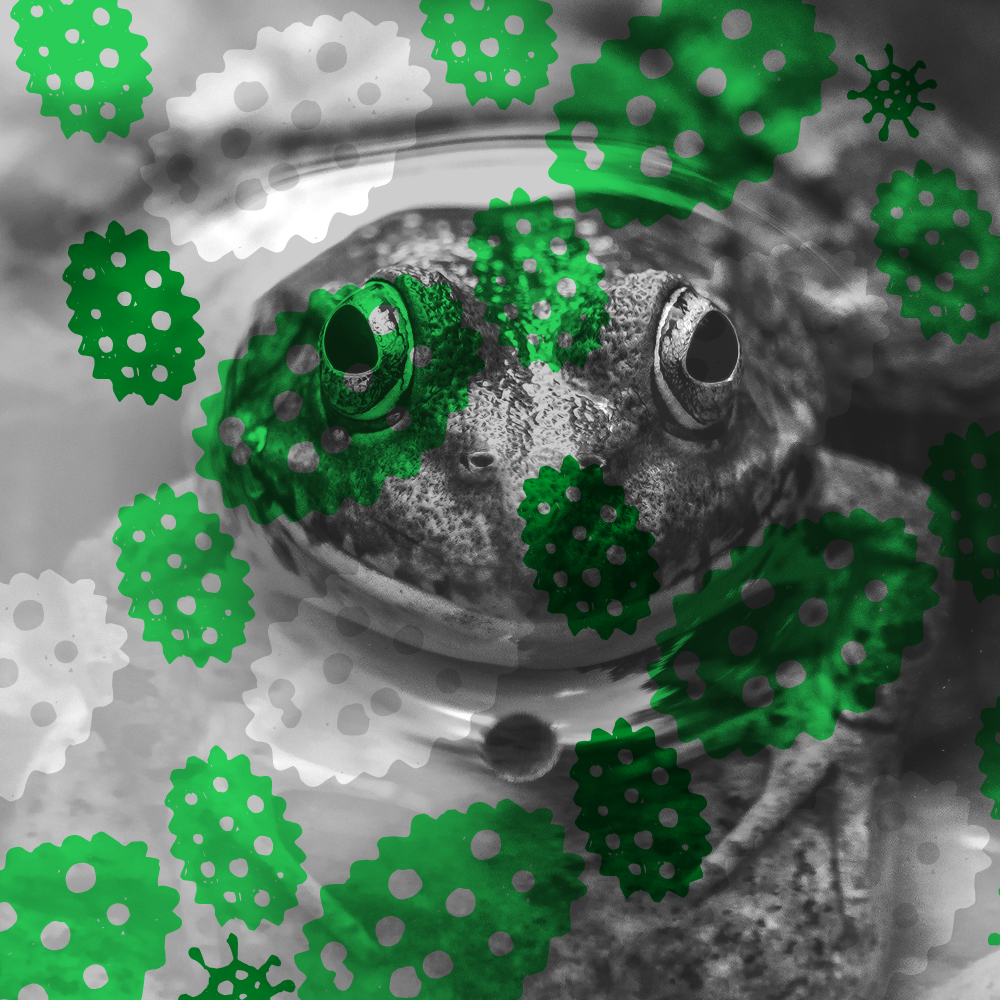There is growing evidence to suggest the skin bacteria of frogs protects them from lethal pathogens such as the deadly disease ranavirus.
Ranavirus is an infectious and deadly disease found mainly in common frogs but it also affects amphibians and reptiles. It has the ability to wipe out entire populations of frogs.
A recent study from the University of Exeter and the Zoological Society of London’s Institute analyzed the bacteria living on different groups of common frogs in their quest for answers.
They found that populations with a history of outbreaks had a “distinct” skin microbiome when compared to those where no outbreaks had occurred. [1]
So, why is this so intriguing? These findings illustrate the power of the skin bacteria in our overall health and wellbeing. As stated by Dr Lewis Campbell, Doctor of Philosophy in Biological Sciences at Exeter University, “whether a population of frogs becomes diseased might depend on the species of bacteria living on their skin.”
The research showed similarities of the microbiome in populations of frogs that shared habitats, or lived in the same geographical area. But, this similarity was overpowered by disease history for affected groups. [2]
What may be one small step forward for humans, is a potentially life-saving breakthrough for the common frog.

[1]https://www.sciencedaily.com/releases/2019/06/190621220744.htm
[2] https://www.exeter.ac.uk/news/research/title_721389_en.html
